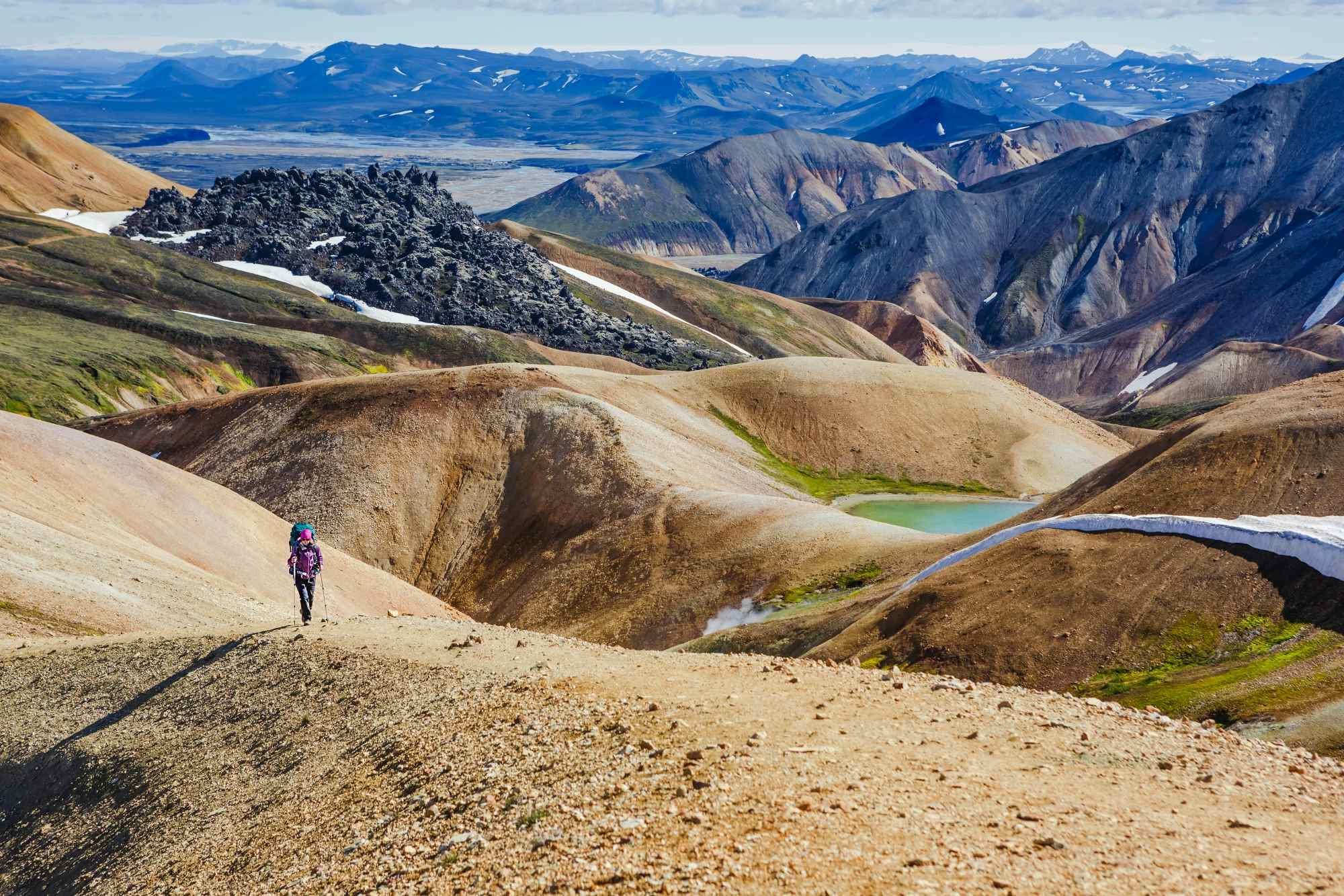Iceland has been beguiling travellers for centuries. Volcanic activity has shaped the landscape, creating an otherworldly topography of vivid rhyolite mountains, steaming geysers and black sand beaches. This, combined with the glaciers and iceberg studded lagoons, has people marvelling over the elemental power of Iceland's nature. And that’s before you add in the spectral, undulating northern lights or the summers of eerie midnight sun.
Volcanic activity has shaped the landscape, creating an otherworldly topography of vivid rhyolite mountains, steaming geysers and black sand beaches
Embarking on a solo expedition to Iceland opens the door to this untamed beauty, alongside introducing travellers to its rich culture. Did you know Iceland has more published writers per capita than anywhere else on earth? The country is easily accessible to solo travellers and offers an astonishing diversity of attractions, from the streets of Reykjavik to the iconic Golden Circle and the raw wilderness of Vatnajökull National Park.
This travel guide will help you plan your solo trip to Iceland. It suggests some of the best destinations for independent exploration, including specialised itineraries for both summer and winter adventures, and provides you with practical tips. Read on to discover how you can scratch beneath the surface of this unique island on a solo adventure.

The Basics:
- Currency? Icelandic krona (ISK)
- Language? Icelandic, English
- Plug adapter? Type C/F
- Do I tip? It’s not expected
- Average beer price? £8/ $10
- Nearest adventures? Winter Hiking and Northern Lights Chasing in Iceland
Where to Explore on a Solo Trip to Iceland
There are plenty of places to visit in Iceland - around every corner is a stunning beach, mountain or waterfall. Here are some of the most solo-friendly options.
Reykjavik
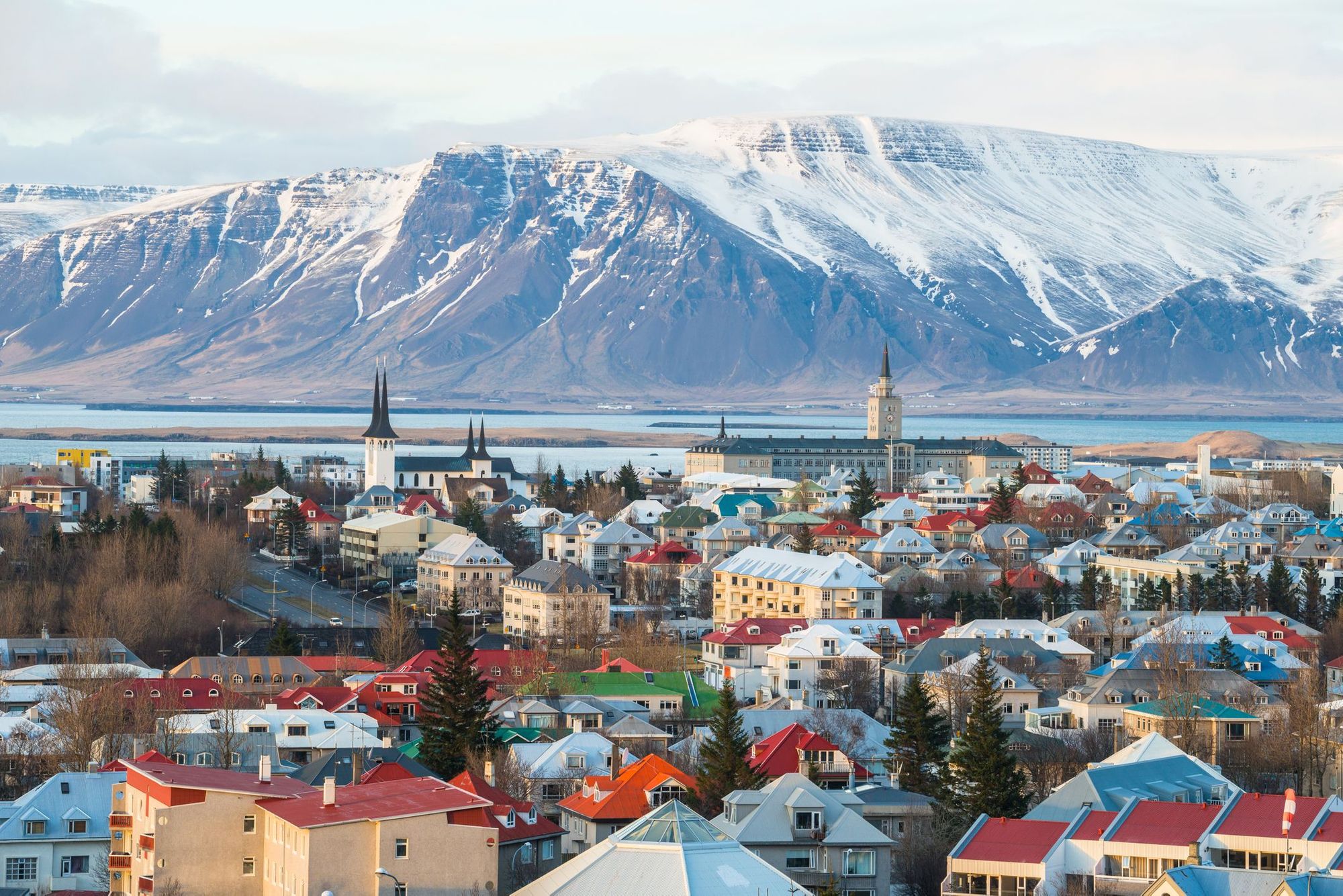
• Top activities: visiting the museums and geothermal pools
Chances are, this is where you’ll start your Iceland solo trip. It’s a compact, walkable city- one of the best places to visit by yourself in Iceland. Explore the sights of the city centre, from colourful Regnbogagatan (Rainbow Street) to the towering modernist structure of Hallgrimskirkja Church. The city has some fascinating attractions, such as the Phallological Museum and even elf school.
The air might be bracing, but there are plenty of cosy cafes and restaurants where you can warm up - we have a soft spot for Floran Garden Cafe/ Bistro, located in a glass atrium in the Reykjavik Botanical Gardens. Rub shoulders with the locals in one of Reykjavik’s public pool complexes - they’re located outside, but you can keep warm in the geothermally heated tubs. If you’re feeling adventurous, grab a transfer to Sky Lagoon - an oceanside spa with hot springs, a cold plunge pool and a sauna.
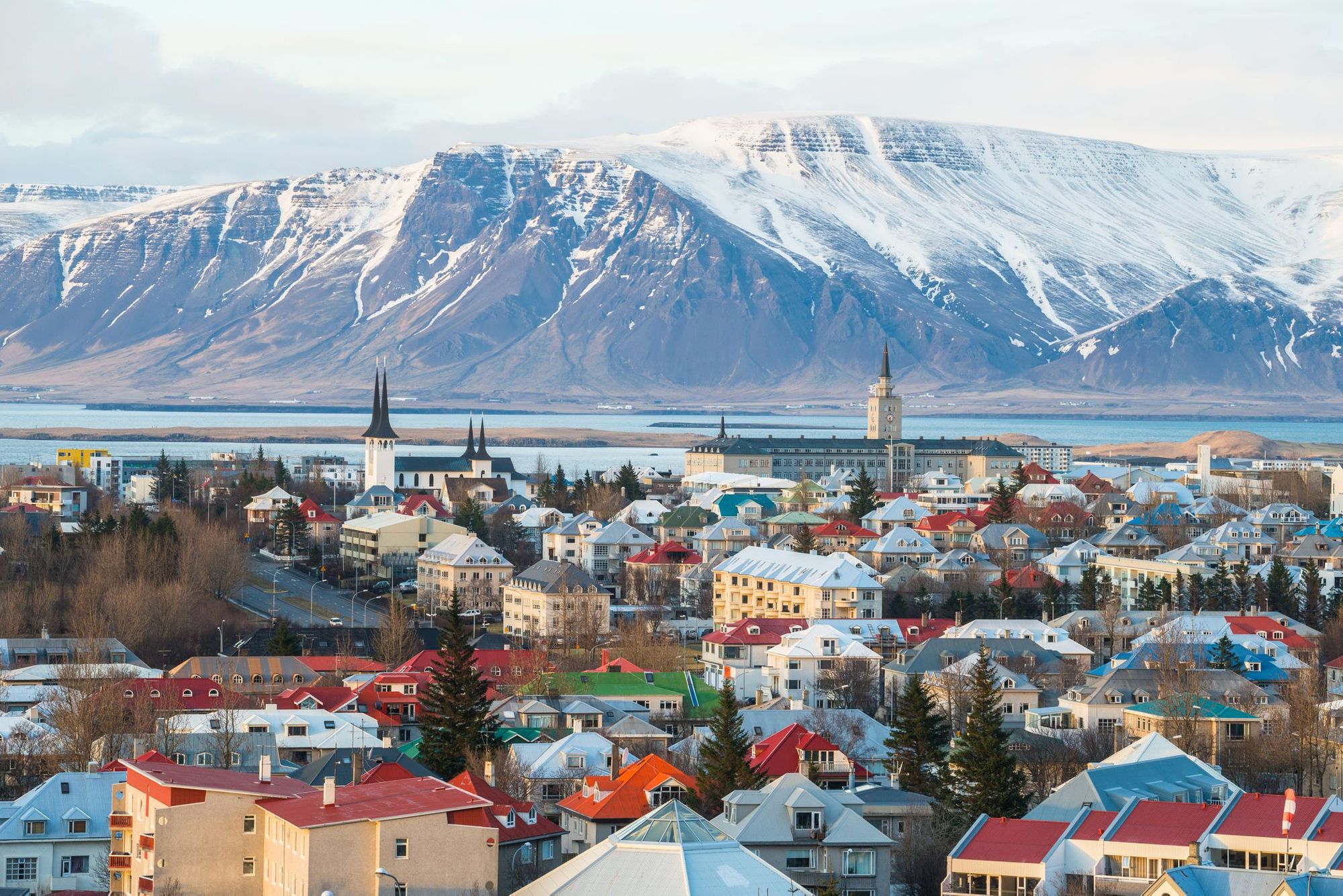
The Golden Circle
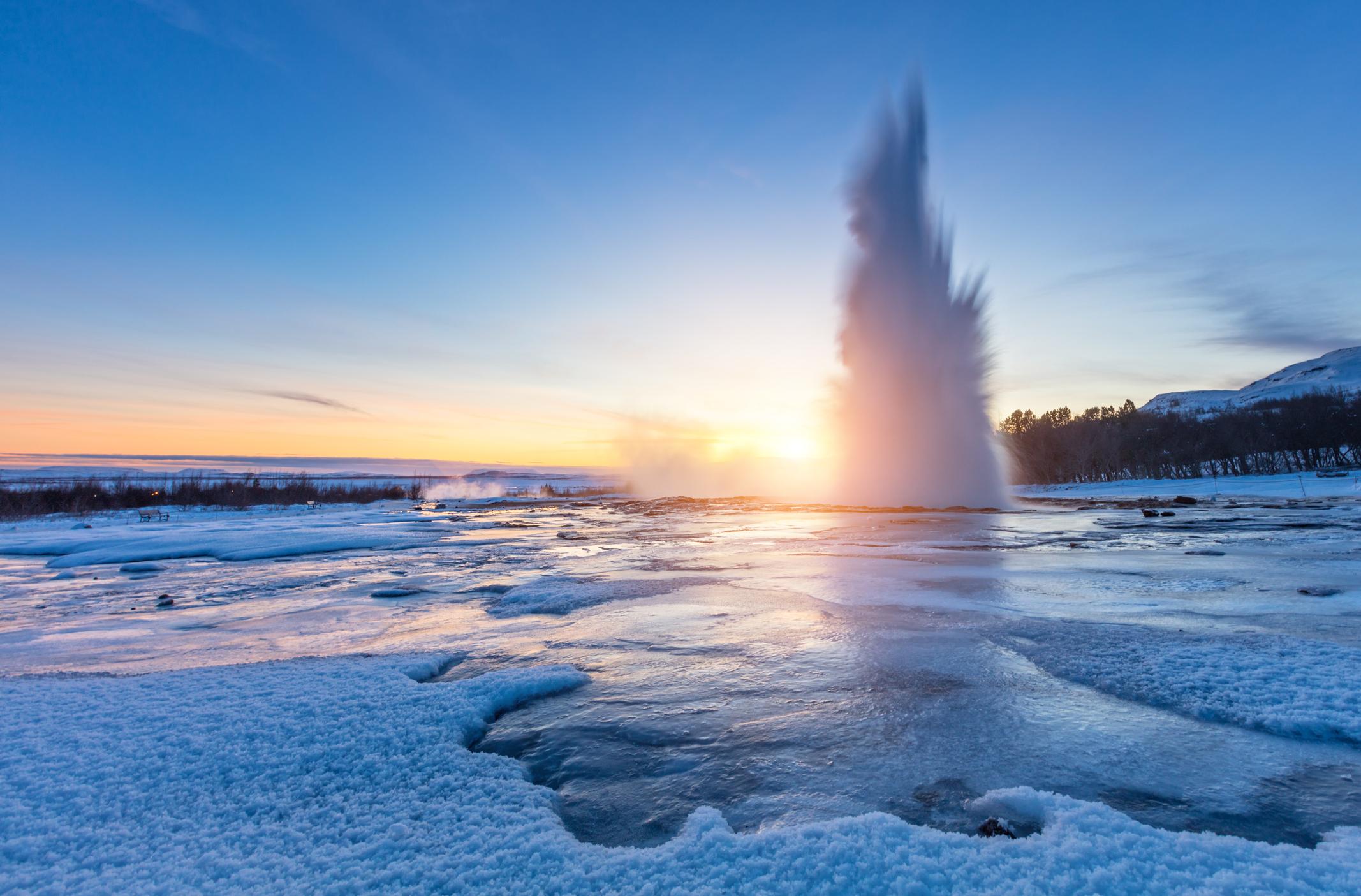
• Top activities: Geysir, Þingvellir and lesser-known attractions like Gljúfrabúi waterfall
The Golden Circle is Iceland’s most popular sightseeing trail, an 190 mile (300km) route which takes you past some of the country’s star attractions - Gullfoss waterfall, Geysir - where you can observe active geysers - and Þingvellir, an ancient settlement where Iceland held its first parliament. However, it does get busy, so we recommend visiting outside of the summer season, or heading to less visited sights within the Golden Circle. These include Gljúfrabúi - a waterfall hidden inside a canyon - and Friðheimar Greenhouse, a farm to table restaurant where you can eat dishes made from geothermally-grown vegetables.
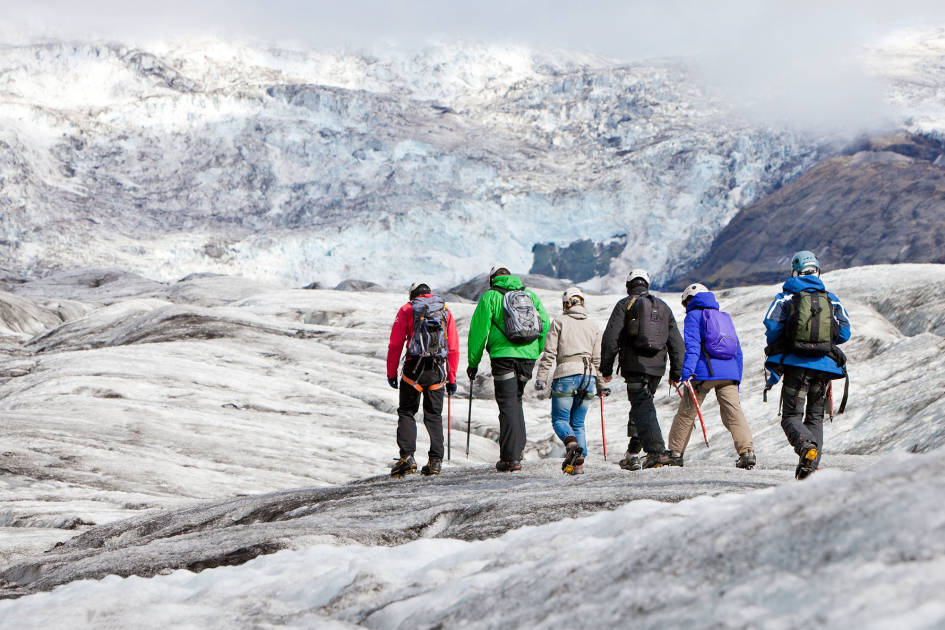
Solo travellers can explore these Golden Circle sites on a guided tour from Reykjavik. However, hiring a car will give you more freedom - it works out cheaper if you can find someone to carpool with. You can also then visit the quieter attractions within the Golden Circle. Some small group trips to Iceland will also introduce you to these more off-the-beaten track spots.
The Westman Islands (Vestmannaeyjar)
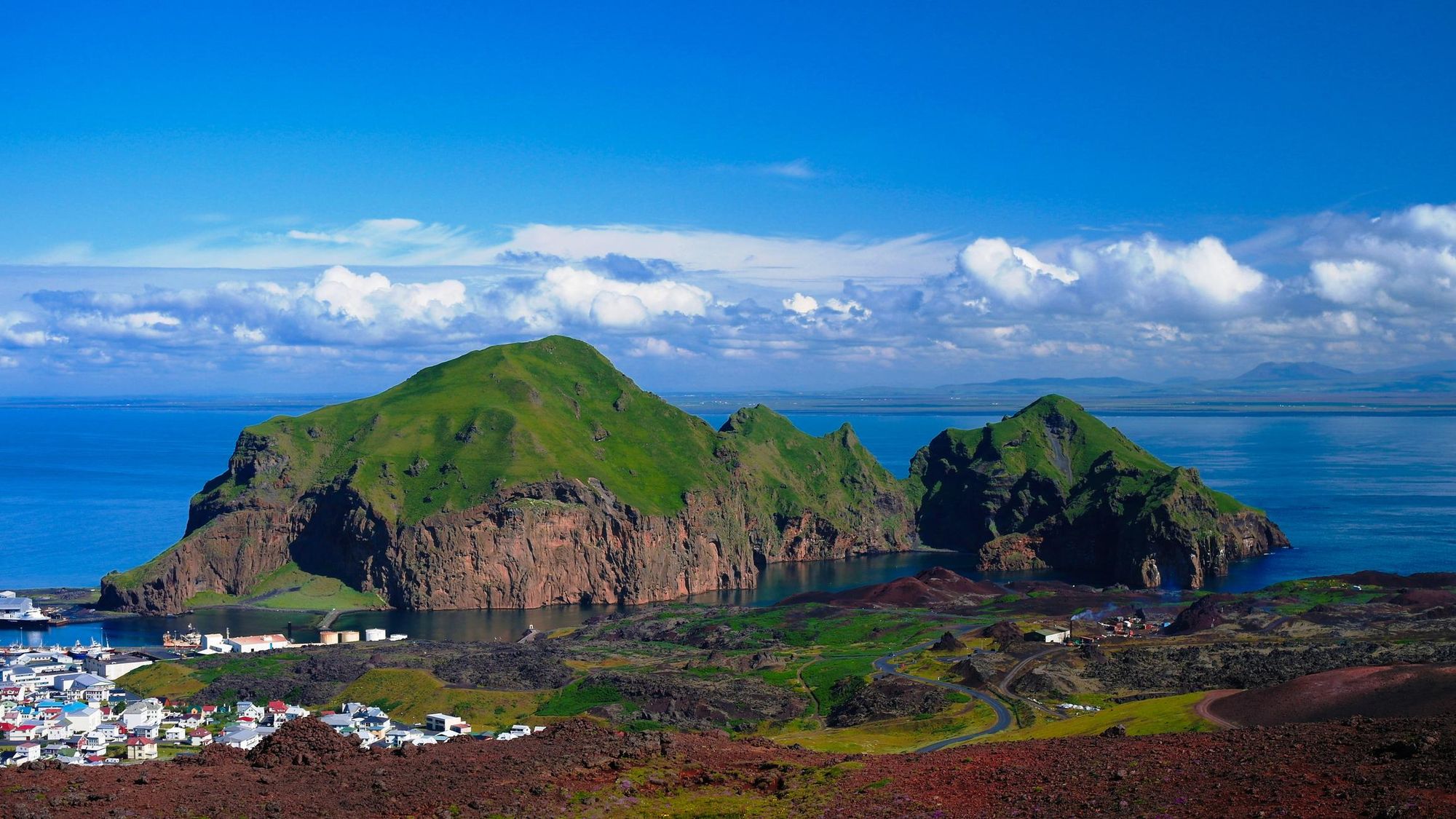
• Top activities: wildlife watching and island exploration
This tiny archipelago - consisting of 15 volcanic islands and several sea stacks - is located off Iceland’s south coast. The main island, Heimaey, hit the news in 1974 after a volcanic eruption destroyed hundreds of homes - brave islanders kept the encroaching lava at bay by spraying it with seawater. There’s a fascinating museum telling its story.
Mostly, we like visiting the Westman Islands to enjoy the peace and quiet. To hike across the ossified lava fields, and climb Eldfell, the tephra cone formed during the eruption. The southern tip of Heimaey, Stórhöfði, is home to one of the largest puffin colonies in the world; the best time to see them is between mid-April to August. Heimaey can be reached on public transport, by bus from Reykjavik to Landeyjahöfn, where you can catch a ferry.
Vatnajökull National Park
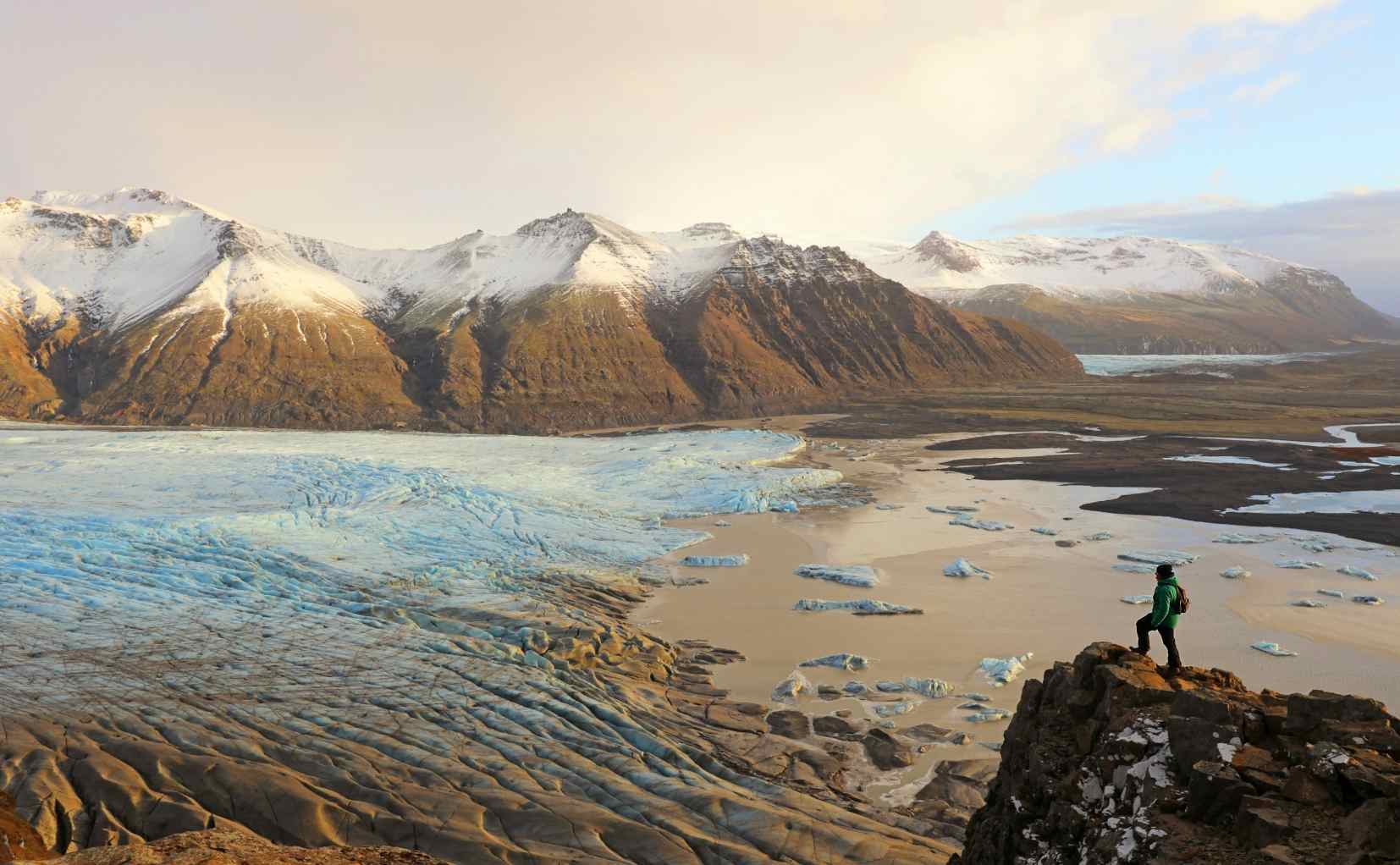
• Top activities: wild camping and hiking off the beaten path
Vatnajökull National Park is a protected wilderness area in south Iceland, surrounding Vatnajökull glacier and incorporating ice caves, waterfalls, volcanic mountains and even forest. It’s well known for Jökulsárlón, Iceland’s most famous glacial lagoon, and for the glacier hiking trips on offer.
However, if you really want to get off the beaten track, there are plenty of opportunities for hiking barely trodden trails within the national park - and wild camping is permissible within certain areas. Hike along the Núpsá River, with sculpted canyons rising up on either side, and pitch a tent for the night. You can also camp near Skeiðarárjökull - a glacial tongue of Vatnajökull - and traverse it the next day. A trained guide is necessary for this; we’d recommend joining a solo-friendly mini-expedition in Vatnajökull to fully immerse yourself in the wilderness.
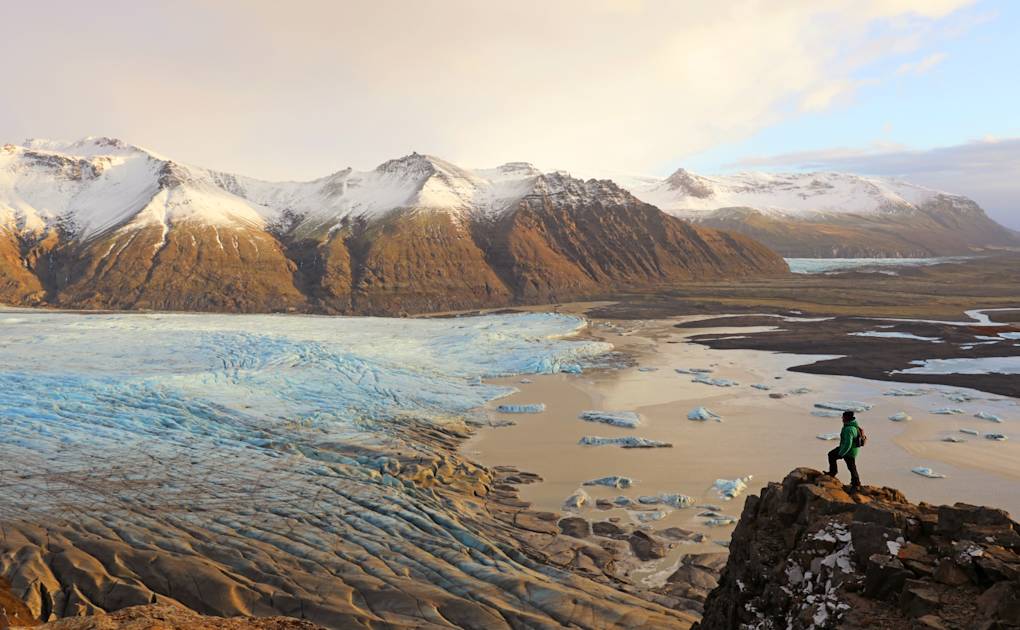
Landmannalaugar
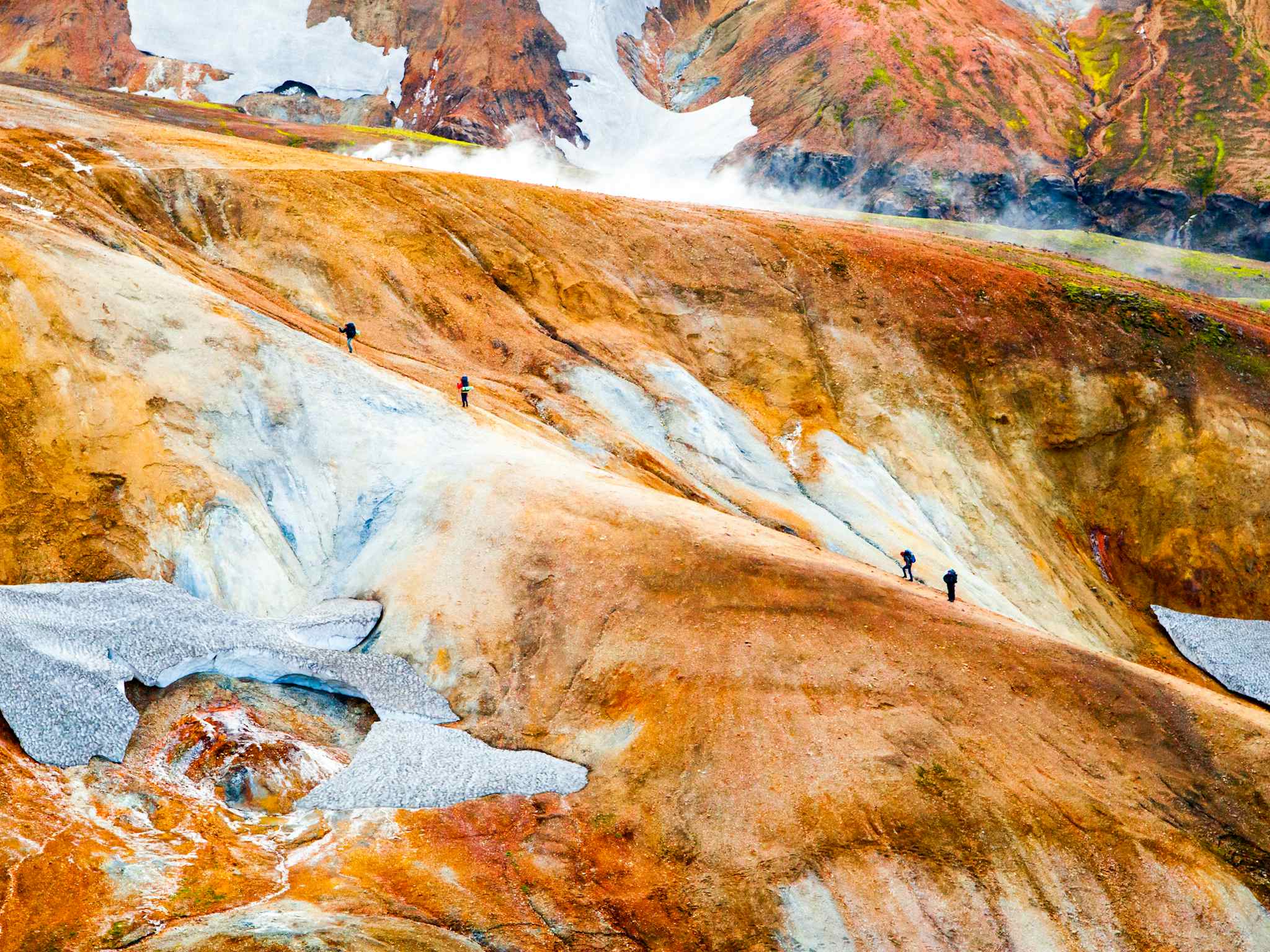
• Top activities: the iconic Laugavegur trek
This geothermally active area of vivid rhyolite mountains and natural hot springs, is tucked away in the Icelandic highlands. Despite its remote location, this is the ideal spot for a nature-loving solo traveller to visit, as it’s easily accessible from Reykjavik via the Highland Bus. The bus will drop you off at the end of the road - where you’ll find a campsite and a sleeping hut - as well as a geothermal bathing area.
Landmannalaugar campsite is the start point for the Laugavegur trek, voted one of the best hikes in the world by National Geographic. You can undertake this hike independently or as part of a group. However, if a multi-day trek doesn’t float your boat, you can always camp in Landmannalaugar for a couple of days and enjoy some shorter day hikes, including an ascent of Brennisteinsalda (Sulphur hill), an 850-metre-high volcano, which offers amazing views of this surreal landscape from the top.
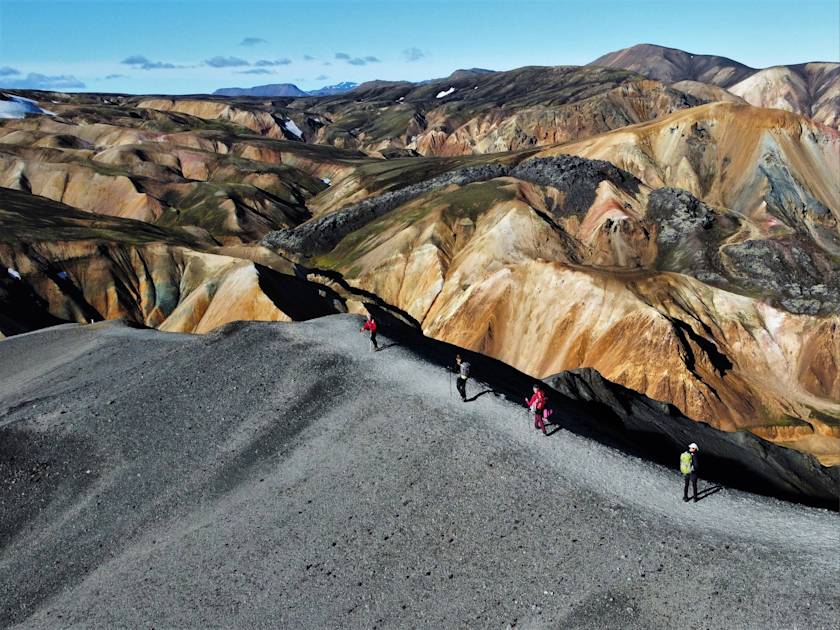
Sólheimajökull
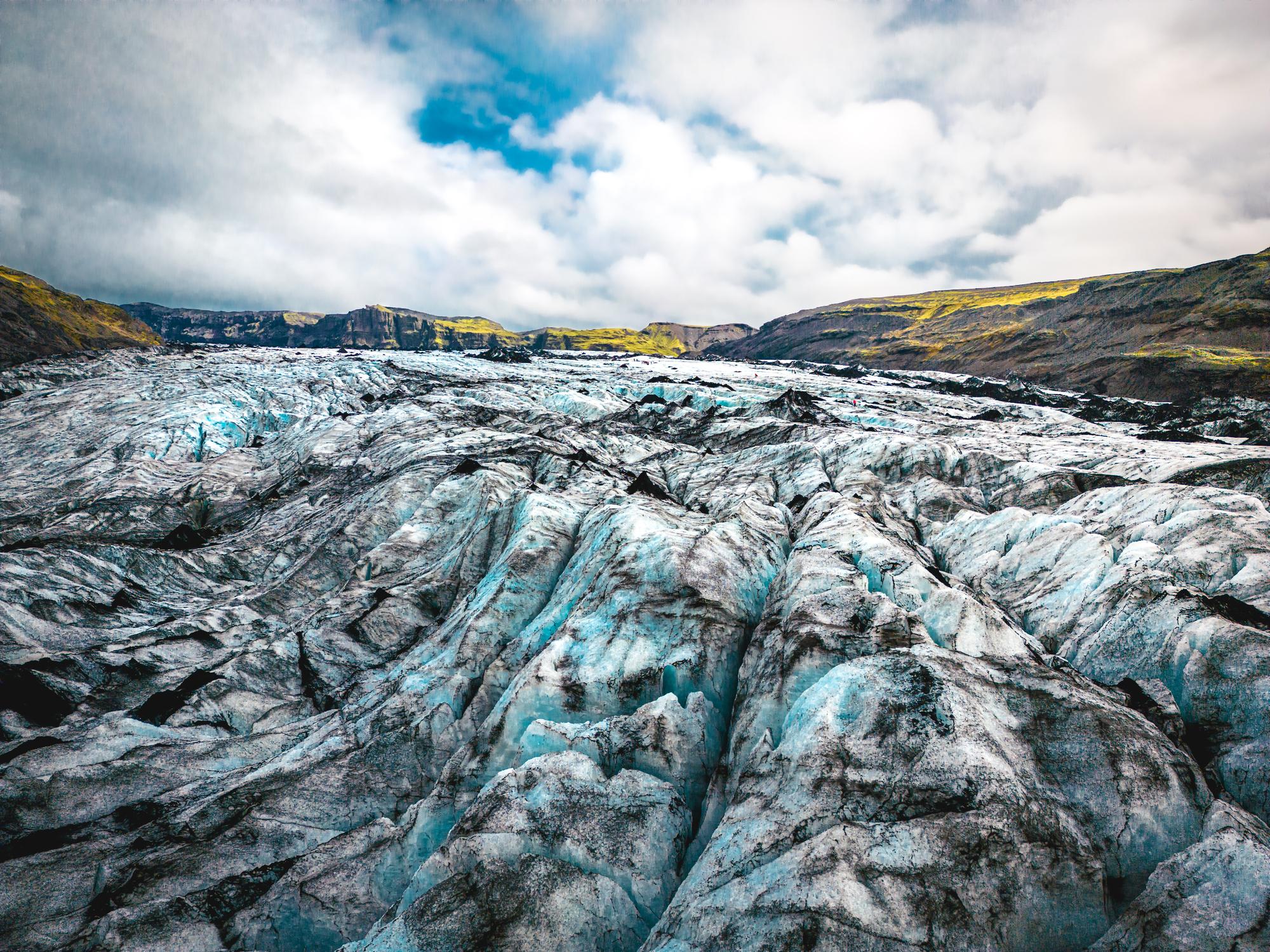
• Top activities: glacier hiking and kayaking
Sólheimajökull is a glacier with an otherworldly appearance - a jagged blue seam of ice, flanked on either side by mountains. It’s one of the most accessible glaciers in Iceland, just a two hour drive from Reykjavik - there are lots of day tours you can join from the capital, which are ideal for the solo traveller.
Sólheimajökull is a glacier with an otherworldly appearance - a jagged blue seam of ice, flanked on either side by mountains
There are plenty of adventures to be had at Sólheimajökull. You can kayak across its glacial lagoon - which is less visited than Jökulsárlón - or join a snowmobile tour to explore the surrounding area. You can even strap on some crampons, and under the tutelage of a guide, hike across the icy expanse of the glacier.

Planning an Iceland Solo Trip
There are a few things to think about when visiting Iceland - like when to visit, and how to get around. Here’s some of the most pertinent information.
The Best Time of Year to Visit Iceland
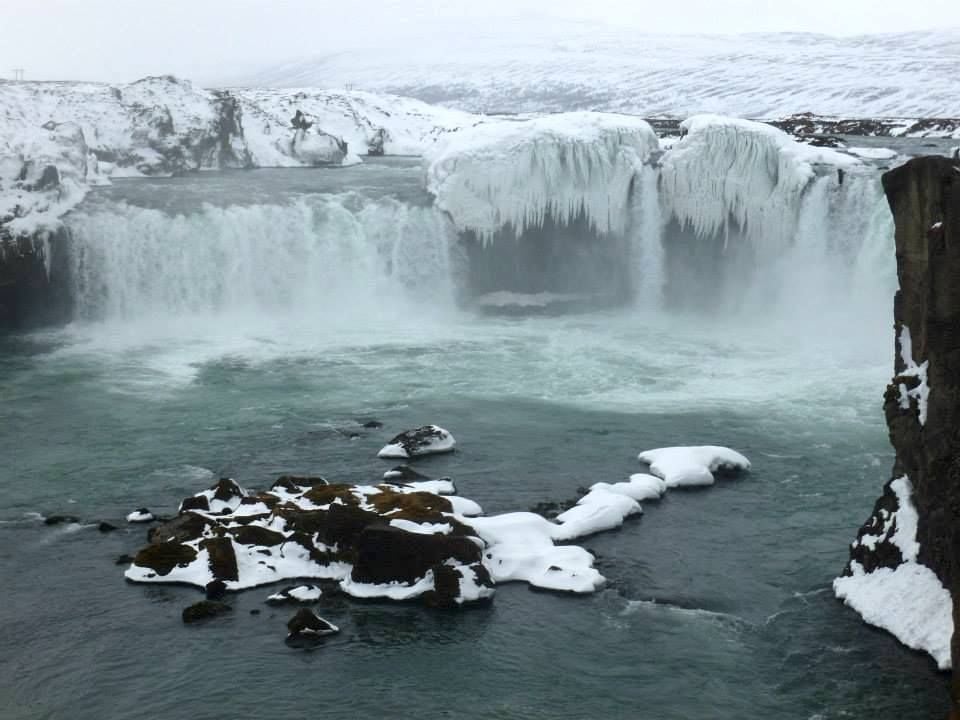
Iceland can be visited year-round, but the best time to visit depends on what activities you want to do while there. During the summer (June to September) you can expect average temperatures between 10°C to 15°C, and long daylight hours - even midnight sun - perfect for hiking, camping and other outdoor activities. The downside is that this is peak season, so you might find hotels and attractions booked up in advance.
During the winter (November to March) you’ll be in with the best chance of seeing the northern lights in Iceland - you’ll also be able to enjoy winter activities such as snowmobiling, skiing and glacier hiking. Popular attractions will be less crowded, and accommodation prices tend to be lower. However, you’ll only have a few hours of daylight every day, and will have to contend with sub zero temperatures and some roads being closed due to snow.
The shoulder seasons (May, and September to October) also have fewer crowds, more daylight than winter and more affordable prices than summer. Temperatures range between 2°C to 11°C (there's the most temperature variety in May), which are ideal for hiking. However, some hiking routes might be closed or inaccessible during the autumn - the Iceland Three Peaks Trail is one example.
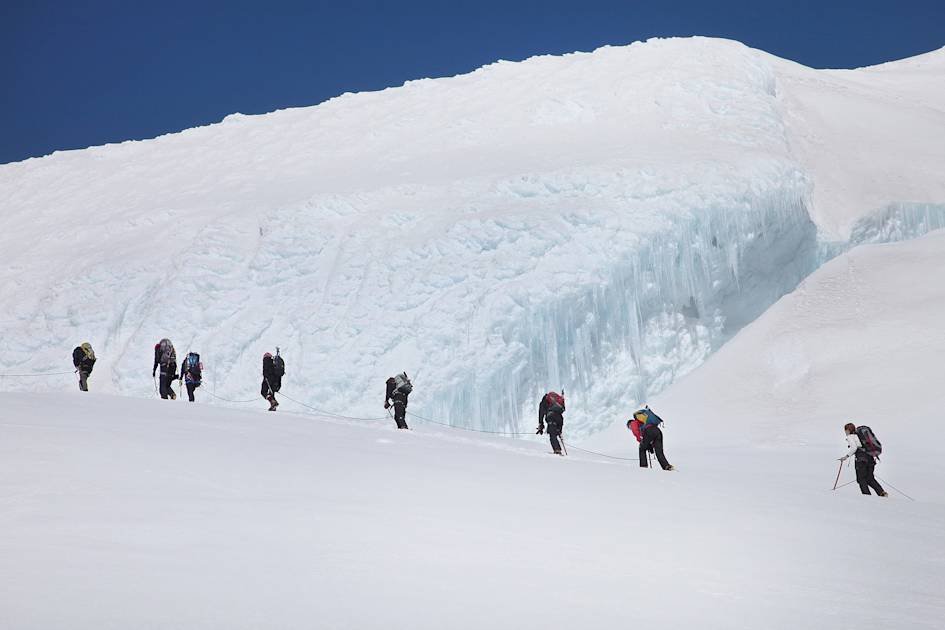
Should I Hire a Car in Iceland?
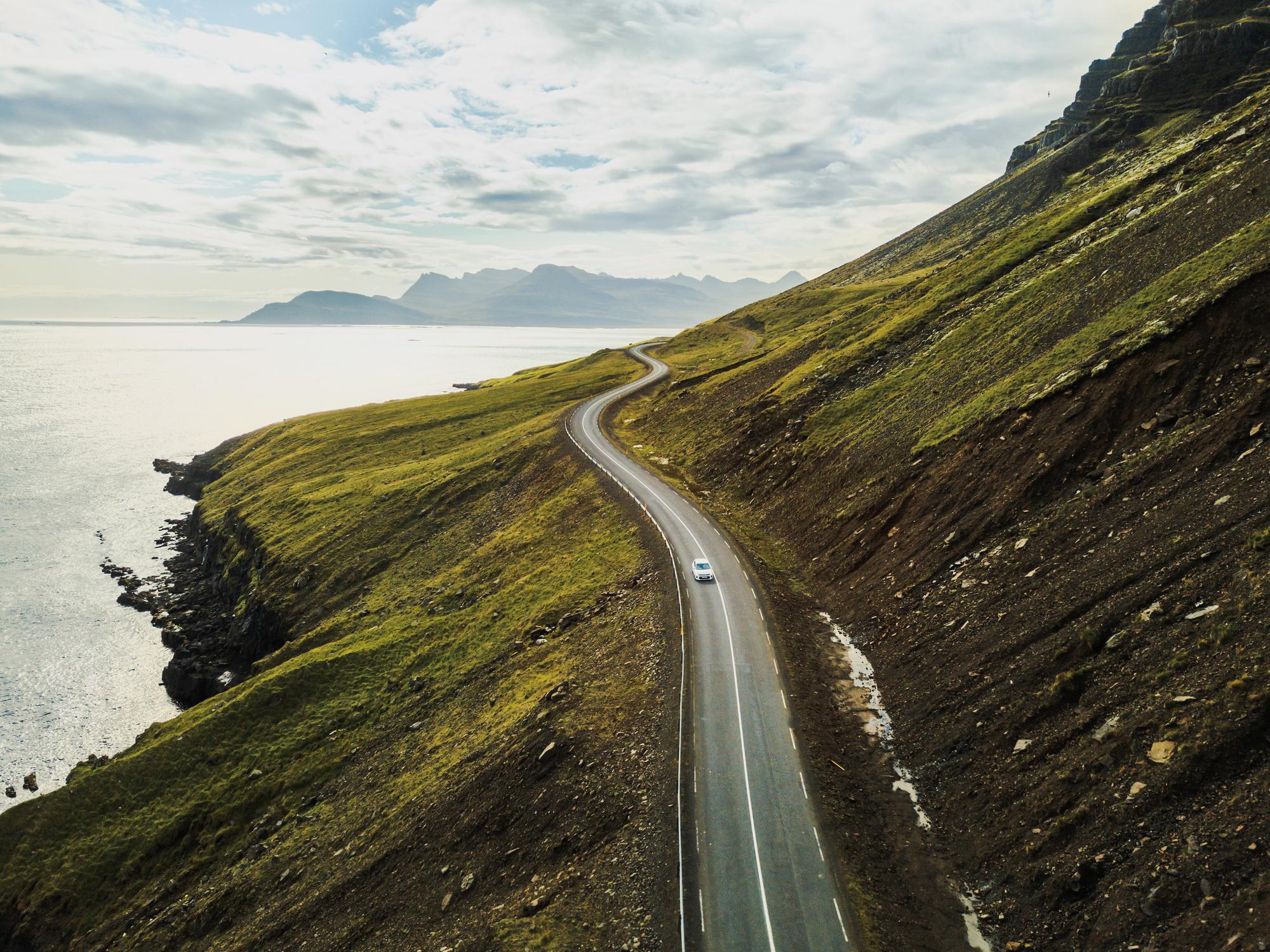
Hiring a car as a solo traveller has pros and cons. You’ll be responsible for all the driving - and the cost. You also won’t have the opportunity to meet people. However, a car will give you the freedom to go wherever you want, whenever you want. Public transport is limited - and the cost of a day trip can actually be more expensive than a day of car hire. You can also mitigate the cost by offering lifts - Samferda is Iceland’s carpooling website.
Our answer to this question, then, is ‘it depends.’ If you’re only spending a few days in Iceland, exploring Reykjavik and other Golden Circle highlights, it’s probably not worth bothering. If you’re doing the Laugavegur trail, a point-to-point hike, then stick to using the hiking buses which pick you up and drop you off. We’d recommend using public transport for a trip to accessible locations, the Westman Islands, Vik and other south coast highlights, but hiring a car for a mini-road trip in the remoter areas of North Iceland.
Consider Joining a Group Trip
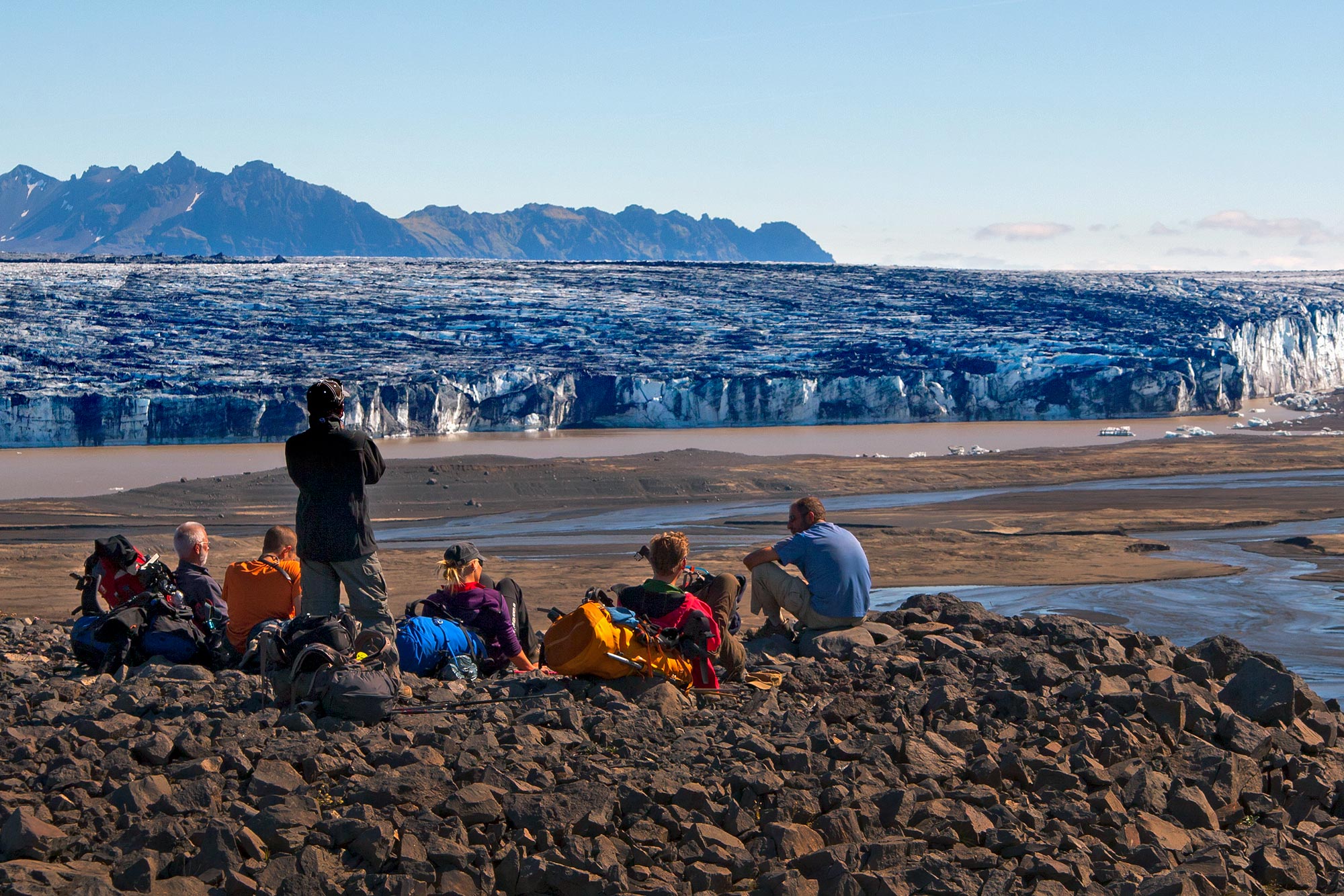
Travelling on your own in Iceland is perfectly doable, but there are advantages of small group trips in Iceland over independent travel. You’ll be able to visit more remote locations without having to break your head over logistics, and the price of your trip will factor in activity costs being split. Your time in Iceland will be enriched with the knowledge of an experienced local guide - especially valuable if you want to go on a hiking and wild camping trip.

We recommend combining solo travel with a small group trip to get the best of both worlds. Embark on a tough expedition - such as the Three Peaks Challenge - with the support of a group, and then enjoy some solo sightseeing and relaxation after.
Dining Solo in Iceland


Because travelling on your own in Iceland is commonplace, dining alone is customary. However, eating out is expensive in Iceland, so many travellers will economise through cooking at their accommodation and also through visiting fast food places - hot dog stands can be found all over the country.
But you’ll want to treat yourself too. Nothing beats a piping hot bowl of lobster soup from a local restaurant after a blustery walk. There are also plenty of cosy cafes for breakfast in Reykjavik and beyond - with free coffee refills included as standard.
Iceland for Solo Travellers: Best Itineraries
The best itinerary for solo travellers to Iceland depends very much on your interests and what time of year you choose to visit. It also depends on the method of transportation that you use. Below you will find two different itineraries for solo travellers: a car-free, week-long itinerary for summer including the Laugevegur trail; and a four day car-free itinerary for the winter months.
A 7 Day Car-Free Itinerary for Iceland
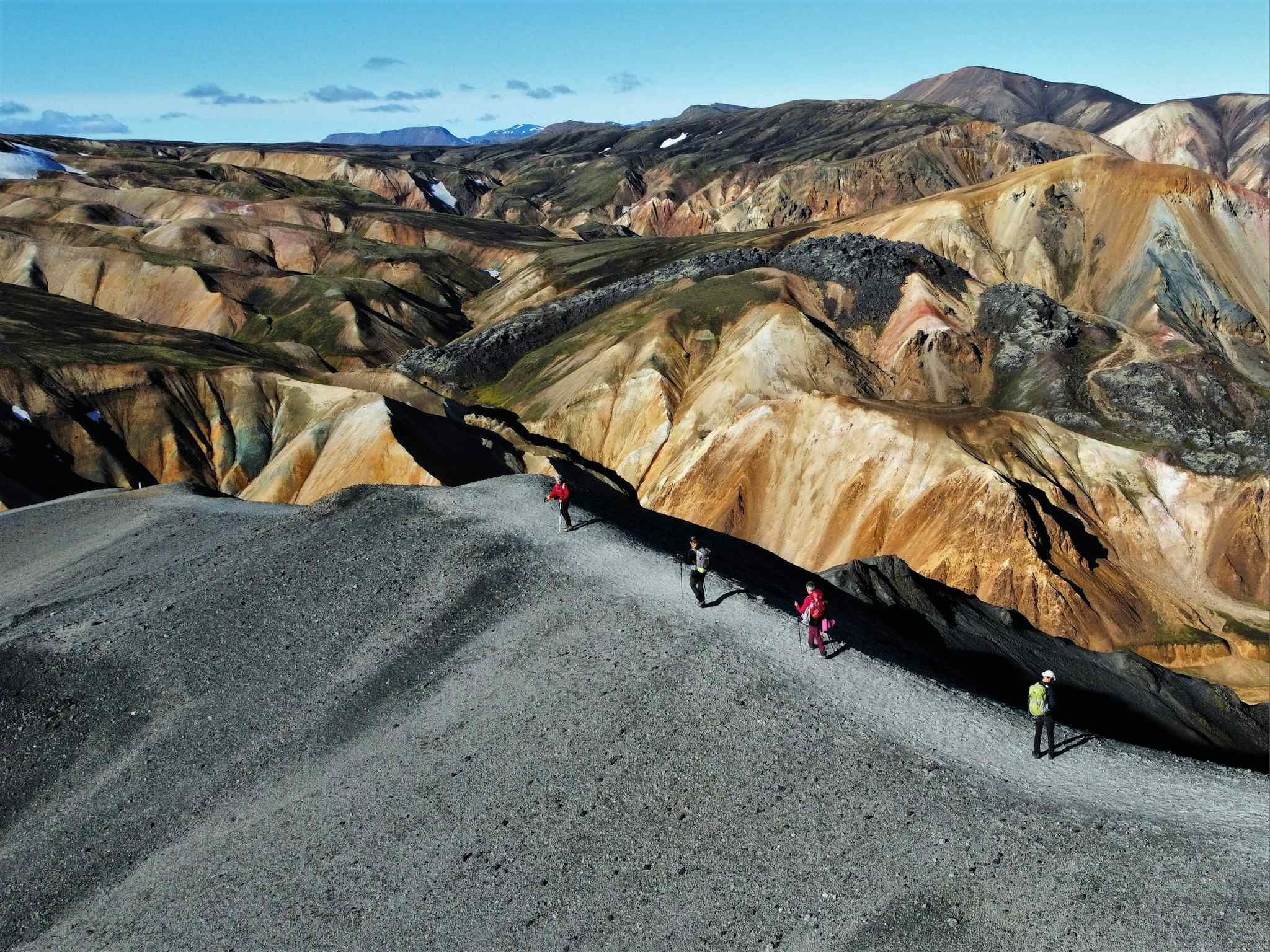
Day 1: Fly into Reykjavik, and spend the day exploring the sights in the city.
Day 2-5: Catch an early morning bus to Landmannalaugar on the second day, and spend the next few days hiking the Laugevegur trail. Catch an afternoon bus back from the finish line at Þórsmörk and you’ll be back in Reykjavik in time for dinner. (An alternative hike to do during this period is the Iceland Three Peaks challenge, climbing three of Iceland's highest mountains).
Day 6: Time to chill. Have a leisurely breakfast and check out some more of Reykjavik’s attractions. Take a tour to the Sky Lagoon (a less busy alternative to the blue lagoon) to soothe your limbs in the geothermally heated waters.
Day 7: Book a Golden Circle tour which offers an airport drop off. That way you can spend the day seeing the sights, and be dropped off in time for an afternoon flight.

A 4 Day Winter Itinerary for Iceland
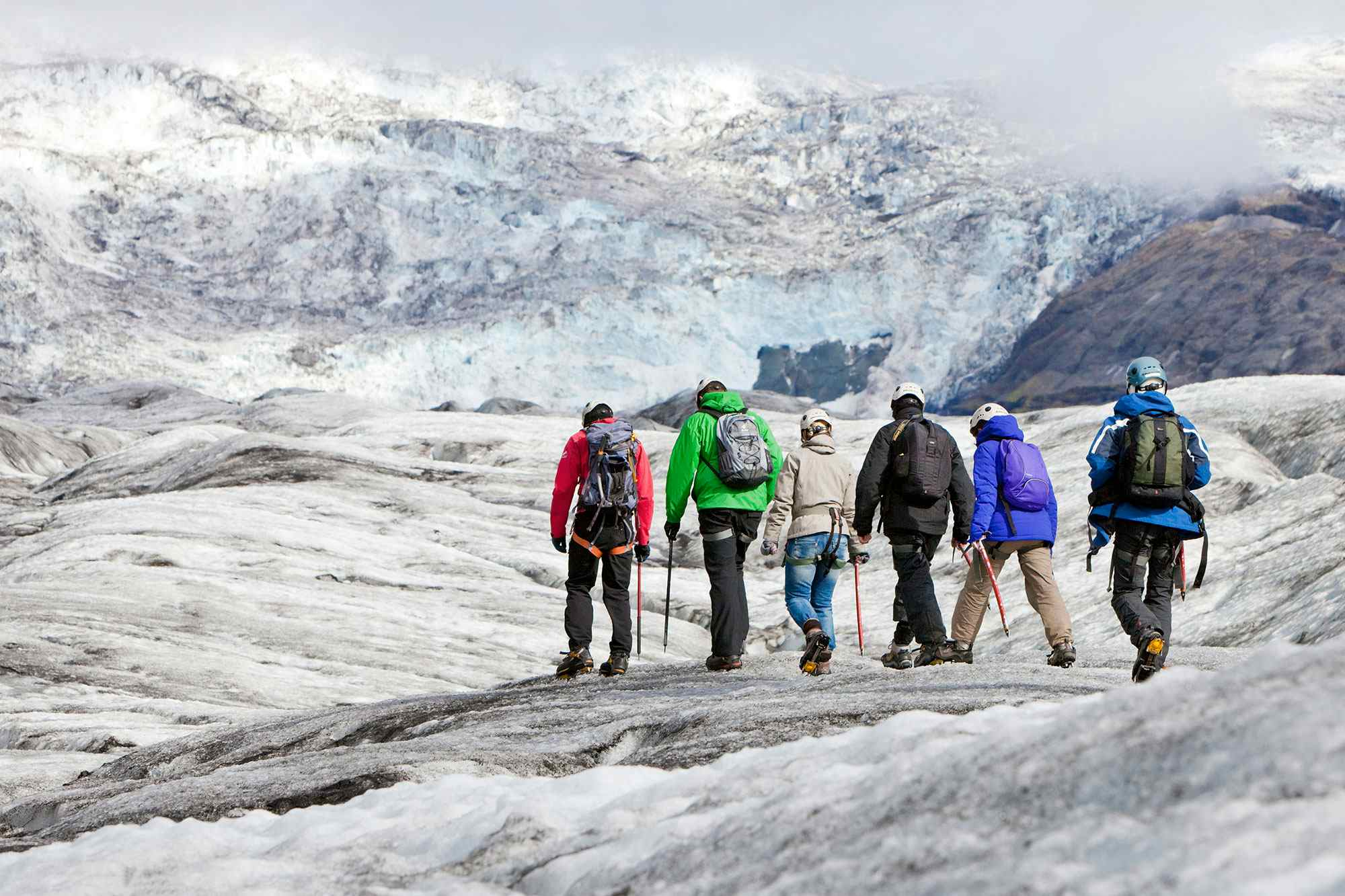
Day 1: Fly into Keflavik and grab a transfer to Sky Lagoon and spa. Even during the worst weather, the geothermally heated waters will keep you warm. Keep an eye out for the northern lights, which are sometimes visible. Head to your hotel in Reykjavik afterwards.
Day 2: After a leisurely breakfast, take a tour of the Golden Circle highlights. These popular attractions are much quieter during the winter months, and equally as majestic when the landscape is carpeted in snow. These trips can often be combined with a northern lights hunting experience.
Day 3: Head towards the south coast for an action-packed day of glacier hiking. We recommend Sólheimajökull glacier - not only will you strap on crampons to traverse the icy ridges and crevasses; there’s also an opportunity for ice climbing. Stay at a guesthouse nearby so you can enjoy exploring black sand beaches like Reynisfjara - and have another chance to see the aurora away from city lights.
Day 4: Return to Reykjavik and spend the day exploring its sights and museums before your flight home.

Is it Safe to Travel Solo in Iceland?
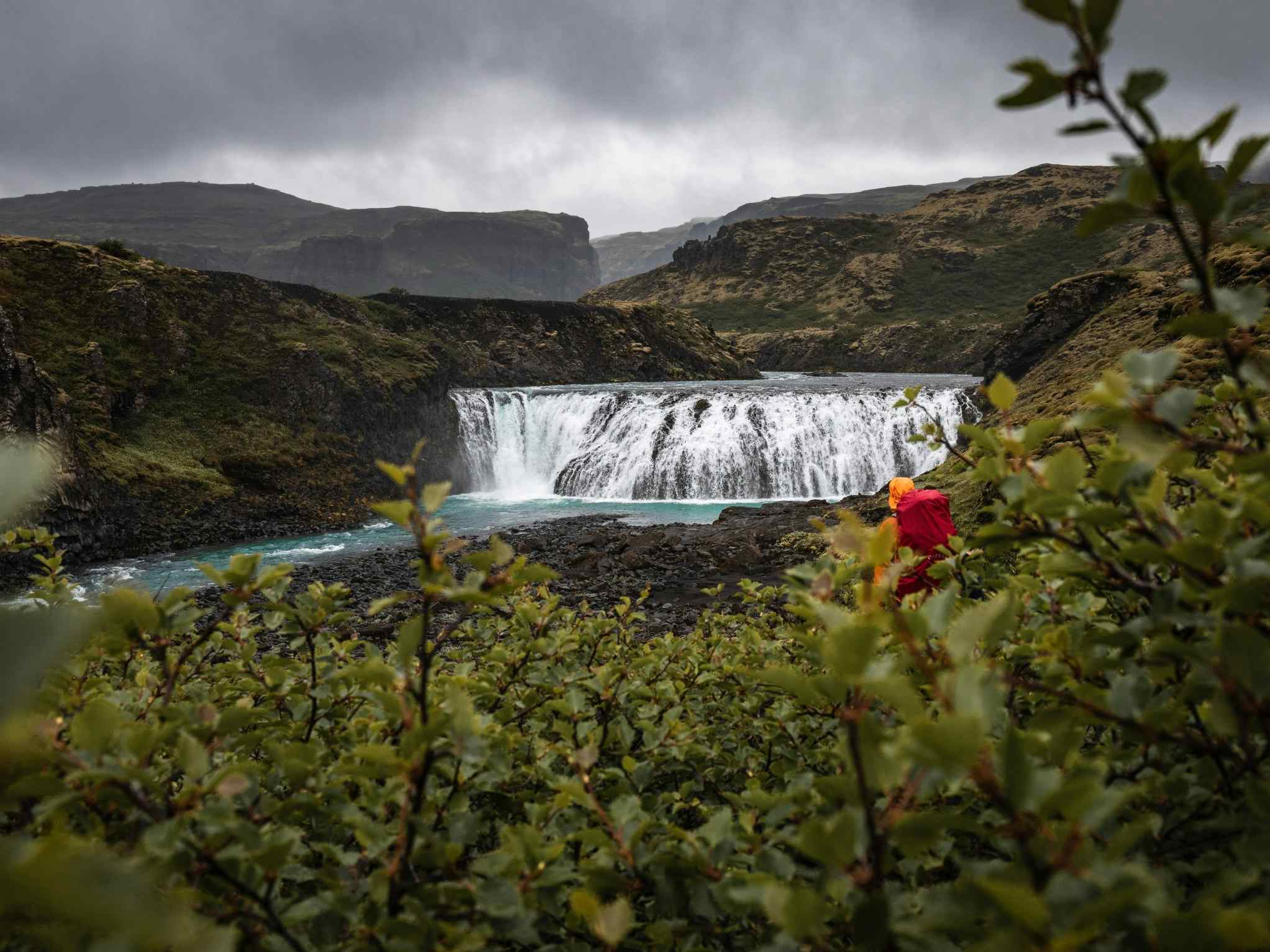
Solo travel is incredibly safe in Iceland. In fact, Iceland was recently voted the ‘safest country in the world’ by the Global Peace index - an accolade which it has won for years in a row. Violent and petty crime rates are incredibly low, and Icelandic society is incredibly tolerant - it’s renowned for its gender equality and progressive attitude towards the LGBTQ+ community.
Iceland was recently voted the ‘safest country in the world’ by the Global Peace index
Of course, no country is 100% safe - Icelandic nature needs to be treated with respect. You can stay updated on weather conditions and volcanic activity by checking Iceland’s Safe Travel website. Certain outdoor activities, such as glacier hiking, should never be undertaken without a trained guide.
Is Iceland Safe for Solo Female Travellers?
Iceland is a brilliant country for solo female travellers - it’s been named the most gender-equal country in the world, so harassment is rare. It’s also one of the safest countries in the world - crime rates are incredibly low, there’s no army and policemen are unarmed. Visiting Iceland as a solo female traveller will enable you to experience some of the world’s most breathtaking landscapes within a tolerant, respectful society.
Travelling Around Iceland Alone: Transportation
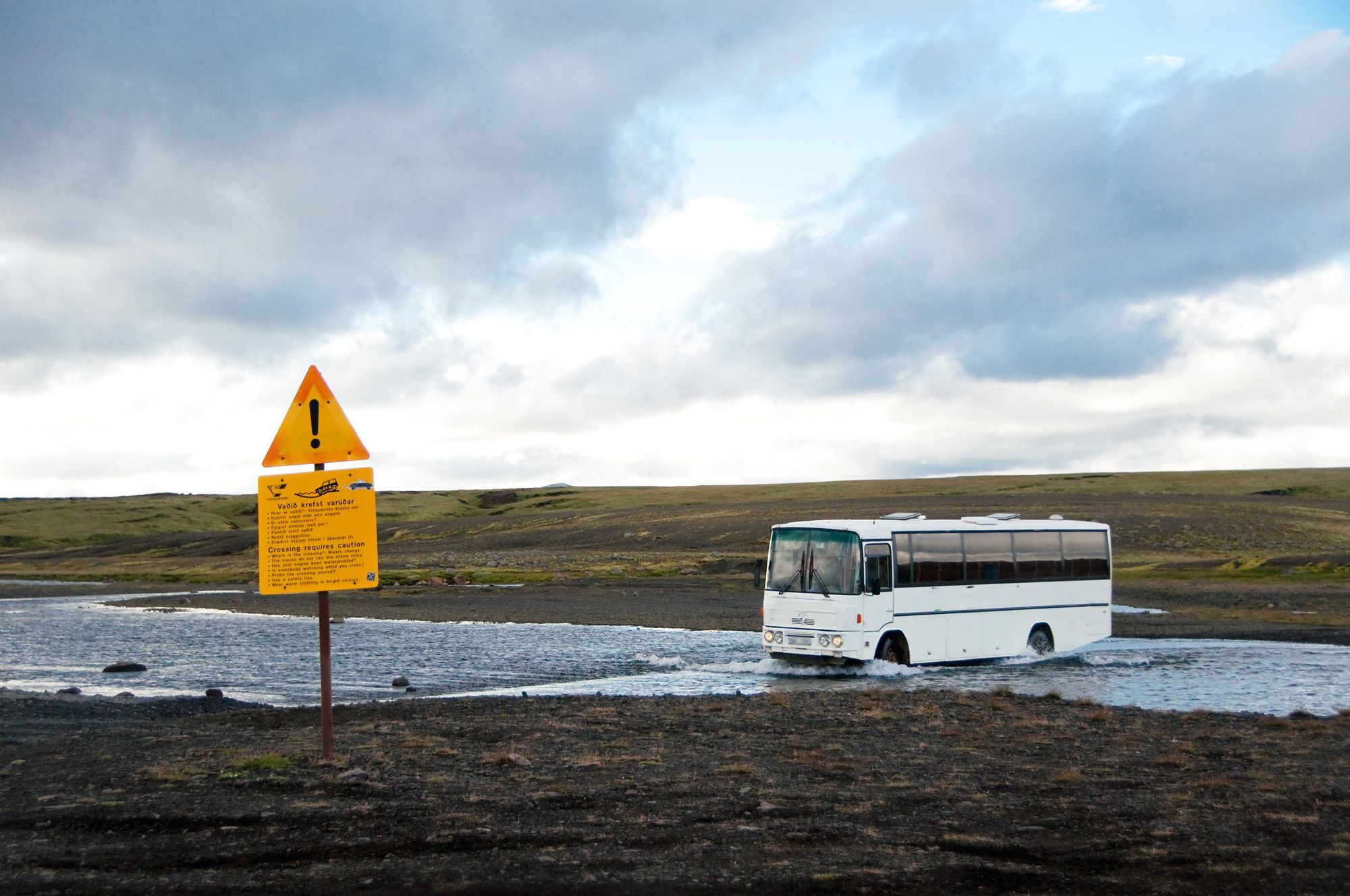
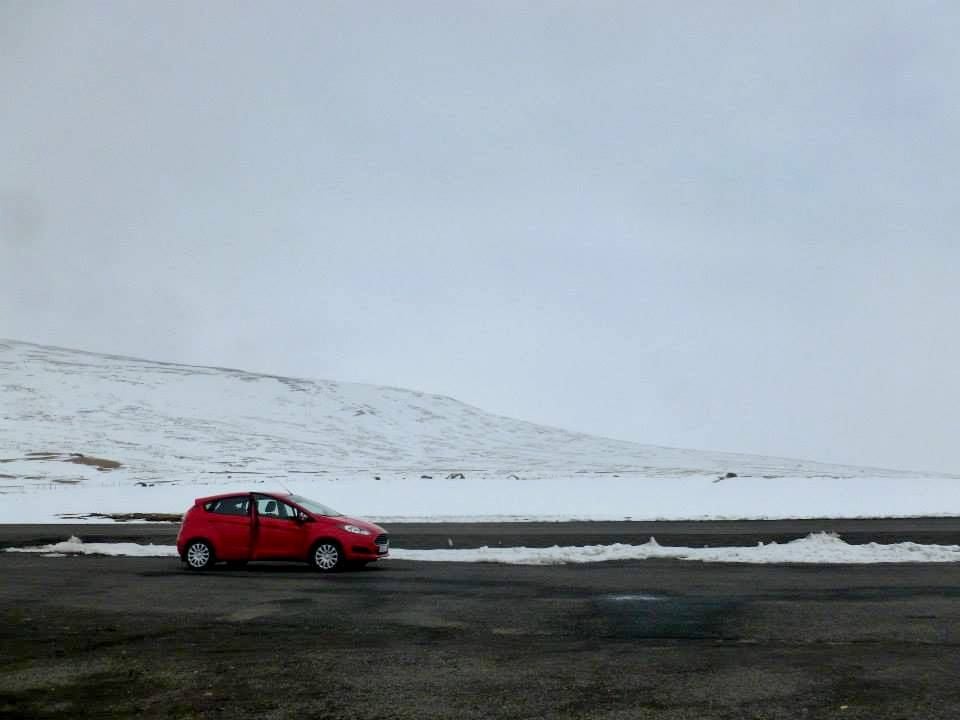
You have three options when it comes to solo travel in Iceland - hiring a car, taking public transport or organising a series of day trips. Here, we discuss each option in more detail.
Car Hire in Iceland
Car hire in Iceland is relatively affordable, and is the most popular way for tourists to see the country. Due to the high price of accommodation, campervan hire is also popular. Shop around for the best deals. Many people take a road trip around Iceland’s ring road, an 825-mile long road encircling the island and connecting most of the main attractions. The ring road is in good condition; in more remote areas, such as the highlands, you’ll need to travel down F-Roads, unpaved gravel tracks which are sometimes impassable during winter.
During the summer, you’ll be able to hire a standard car. However, during the colder months of November to April, driving conditions are more difficult, and rental cars are fitted with special winter tyres at no extra cost. We recommend hiring a four wheel drive during the winter - or if you plan on travelling extensively outside of the ring road.
Public Transport in Iceland
Iceland is connected by a public bus network, Strætó, which serves locations around Reykjavik and the rest of the country. There are 27 routes within the capital area and 18 outside of it - check out its route map to see the destinations, ranging from Akureyri in the north to Vik, in the south. You’ll need to plan your journey in advance, using Strætó’s route planner, as some routes are only travelled once or twice a day. However, buses are scheduled to match up with ferry timetables, such as the ferry for the Westman Islands.
Private Tours/ Day Trips in Iceland
There are all sorts of different private transport options and tours in Iceland. Reykjavik Excursions is one of the most well-known, with destinations including the Golden Circle and the current volcano eruption site on the Reykjanes Peninsula. Reykjavik Excursions and TREX also both offer coach transportation to and from the Laugavegur trail start and end points. Joining a longer small group trip in Iceland will also mean that your logistics are taken care of.

How to Get to Iceland
Keflavik International Airport is the largest in the country, located near Reykjavik. It serves 91 destinations in 26 countries, predominantly in Europe and North America. Keflavik is the hub for Icelandair, who offer free stopovers in Iceland at no extra cost. Upon reaching Keflavik, passengers can reach Reykjavik city centre via a FlyBus airport transfer, which can be booked in advance.
Inspired? Check out our epic Adventures in Iceland, from a mini-expedition in Vatnajökull National Park to winter northern lights hunting.


